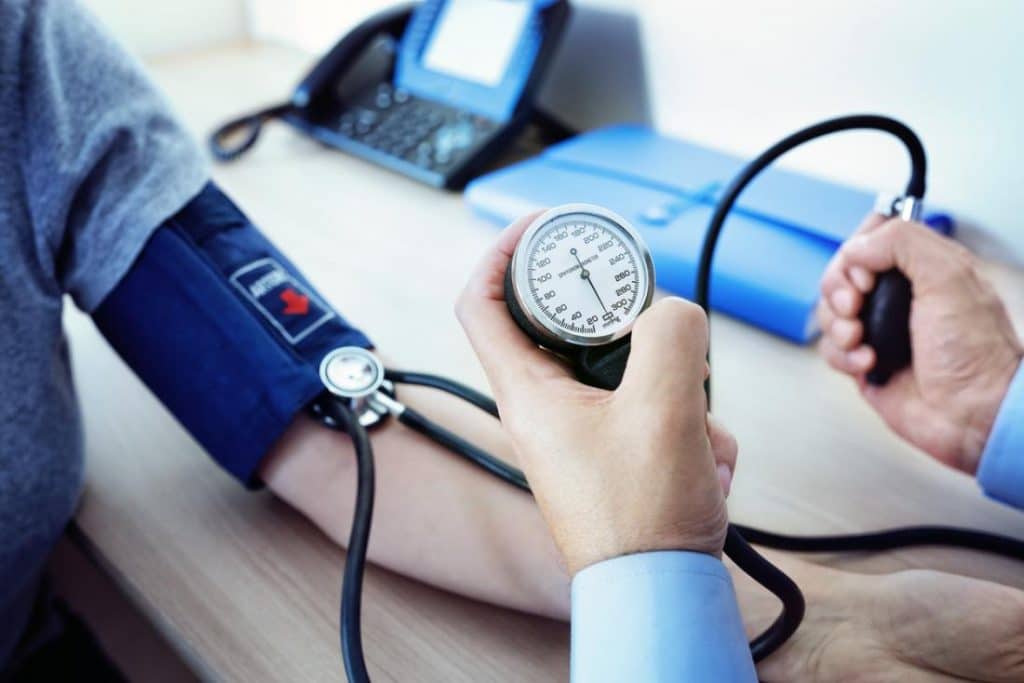Who doesn’t love talking about blood pressure? It’s a jumble of numbers and confusing levels — what’s not to love?!
Seriously, though, blood pressure is a big problem in this country. It can be too high or too low, putting you at risk for all sorts of bad things, but you may not even realize what’s going on because of a lack of symptoms. The Centers for Disease Control and Prevention reports that only about one out of every four adults in the U.S. with high blood pressure has it under control (https://www.cdc.gov/bloodpressure/facts.htm). That’s pretty sobering when you think about it because having high blood pressure puts you more at risk for a lot of problems, including stroke and heart disease.
What, exactly, is blood pressure?
Blood pressure is largely what it sounds like, but to be clear: a blood pressure reading is a measurement of the force your blood has on your arteries. If you have too much pressure on your arteries, it puts pressure on them and your heart. Over time, this can lead to several problems, including heart disease and sexual dysfunction.
What does a blood pressure reading mean?
Your reading is made up of two parts. The top number, systolic, is the pressure when your heart contracts. The lower number, diastolic, is from when your heart is filling. Both are measured in millimeter of mercury, or mmHg. Most of the time, your reading is given as a number over another number (systolic/diastolic).
What is normal blood pressure?
Blood pressure levels are separated into five stages, as covered below.
• Normal: Normal readings have an upper number below 120 and a lower number under 80.
• Elevated: An elevated reading has a top number between 120 and 129 and a lower number under 80.
• Stage one high blood pressure: In stage one, your upper reading is in the range of 130 and 139 or you have a lower reading from 80 to 89.
• Stage two high blood pressure: Stage two high blood pressure is used for a top reading over 140 or a lower reading of 90 or above.
• Hypertensive crisis: At this stage, you have dangerously high blood pressure, with a top reading over 180 and/or a bottom reading over 120. This requires immediate medical attention.
Your doctor should regularly check your blood pressure. If you have any concerns, you can also get a reader to use at home. Track your daily readings and share those numbers with your doctor.




